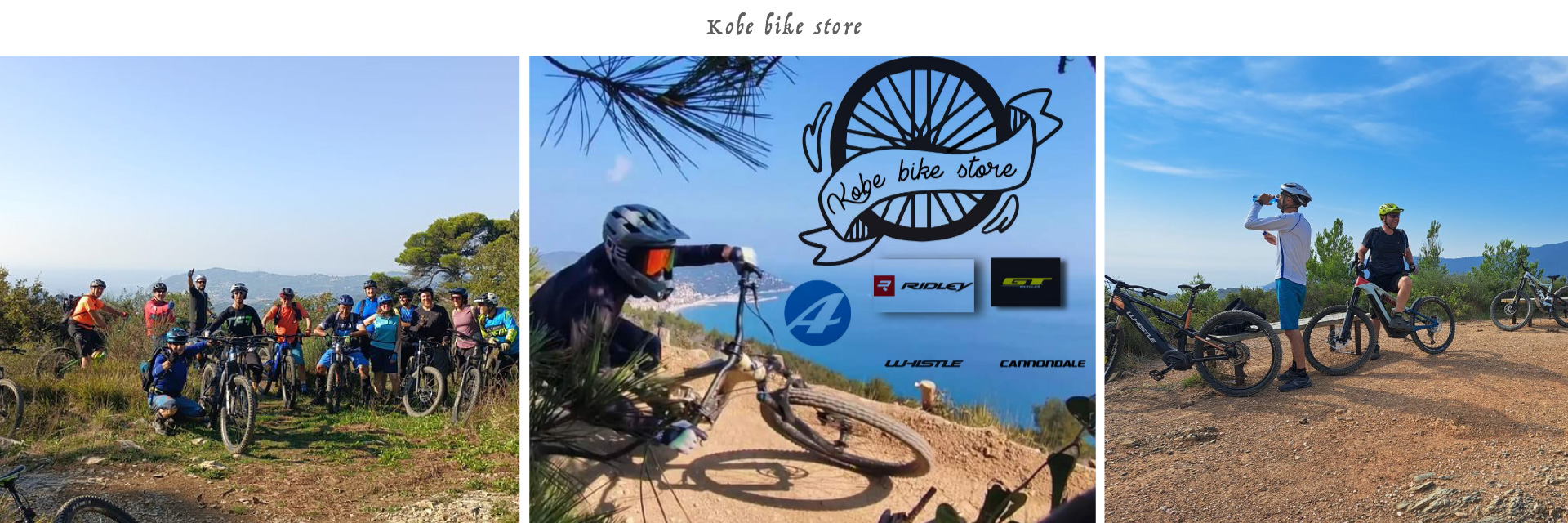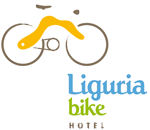“Andöa: se ti a serchi ti nu a trövi” (=”Andora: if you search for it, you don’t find it”), says a proverb of Andora’s popular tradition.
“If you search for it, you don’t find it” looks like a shamanic mantra which reminds people of the centuries of history through which Andora went through, balanced between incursions by sea and invasions by land, which was always saved, often fertile and flourishing.

But today finding Andora is really easy: thousands of tourists and visitors reach it every year, by highway or by train, stopping over in the Ligurian ports and airports, enjoying this beautiful place which is never only a place.
Andora is always a surprise.

It is located far westward from the province of Savona, between Laigueglia and Cervo, and it expands with its many hamlets along the low valley of the stream Merula and on the coast between Capo Mele and Capo Cervo.
The little town shifted from a mainly rural economy (peach trees, olive groves and different plantations), which was developed in its wide hinterland, to a new economy evolved in the 70s. In this way, it acquired a touristic identity on its own.
The Medieval built up area of the hamlet Castello is one of the most important, suggestive and best preserved historical structures in all Liguria. It includes the fortress-castle built by the Marquises of Clavesana in the 12th century and the Chiesa dei Santi Giacomo e Filippo, which is a church in the late-Romantic style.
Andora has a port located in the east, at the entrance of the town, which is constantly expanding; the seabed of the gulf are sandy and low (also rich of ancient artifacts as well as of a varied underwater environment, which can be visited with underwater guides), nearby the beaches. The highly perfumed basil, together with olive oil and wine, is one of the excellent products of the area and it is the main ingredient of the Ligurian “pesto”.
HISTORY
It seems that the Phocians founded Andora in the 7th-8th century B.C., creating a safe harbor and a point of support for the transport of the salt coming from the Corsican deposits. Since the 5th century B.C., Andora and the valley of the stream Merula constituted a center on its own. After the territory was invaded by hordes of barbarians and Goths in 951, in 1091 it came into the Marquises del Vasco’s possession. In 1125, it became the Marquises Clavesana’s property, who built a fortification to defend, the Castello di Andora (“the Castle of Andora”), in a privileged position on a small hill which dominated (and dominates) the valley and enabled to control also the path to follow on the Roman road. The castle, under Genoa in 1252, had even more importance for some centuries and then it was abandoned.
MONUMENTS
The Chiesa dei Santi Giacomo e Filippo (“Church of the Saints Jack and Philip”), a remarkable architectural work of the late-Romantic period (tending to the Gothic) was built around the second half of the 13th century.
Probably the same architects of the Cattedrale di Albenga (Albenga’s Cathedral) (built between 1255 and 1289) dealt with the Andoran church, whose shape and some particulars recall the Ingaunian Cathedral . It has a facade with a single gate, three windows and three posterior apses with little arches on the top of them. The three internal aisles have ogival arches sustained by solid and sculpted columns. The Tower of the castle, which is beside the church, is of the 13th century too (built by the Clavesana family about 1230, during the 19th century it was restored). In the same area, on the top of the hill, where the hamlet is located, other places of architectural beauty can be found, like the “Paraxu” (which is full of charm even if it is now in ruins). This palace initially belonged to the Clavesana family and then it became the governor of Genoa’s dwelling. Moreover, the remains of a tower, which was perhaps built before the year 1000, and the Chiesetta di San Nicola (“Little Church of Saint Nicola”), that was rebuilt in the Baroque age and has part of the walls showing signs of the 12th century, can be seen too. The castle of Andora (which houses now a restaurant and a piano bar) is a fortification dating back to the 12th century. In 1252, at the same time of the fall of Albenga, it became Genoa’s property. The torrione saraceno (the Saracen fortified tower), a defensive building in great shape, overlooking the via Aurelia, can still be found. It is a fortress which was built at the beginning of the 16th century to defend against the barbarians arriving by sea. A restaurant is located inside it.
Colla Micheri and the hinterland. The very ancient village of Colla Micheri (in part property and residence of the famous Norwegian seaman and ethnologist Thor Heyerdhal) dominates Andora and Laigueglia from the top of the hill. The suggestive hamlet, which is administratively under the municipality of Andora, rose up in the crossing place of the via Julia Augusta.
It is possible to see a Roman fountain in the area between the historical complex of Castello and the autostrada Genova-Ventimiglia (the Genoa-Ventimiglia highway). It is an example of minor architecture rather widespread along the communication routes, which is in an excellent conservation status. It is probably of Medieval origin, like the Roman bridge, which is a three arches humpback bridge that is visible going down via Argine sinistro, along the pebby riverbed of the Merula. Not far, the Chiesa di San Giovanni (the Church of Saint John) can be found. It is perhaps the oldest diocese, around which the first housing unit of the valley rose up. The little municipality of Stellanello can be found moving on towards the center of the val Merula (the valley of the Merula). Some building works dating back to the 12th and 13th centuries can be seen in the cimitero di San Giorgio (Saint George cemetery). The 18th church dedicated to the Saints Peter and Paul can be found in the main square of the equally small municipality of Testico, in the hilly area between Andora and Alasso. Finally, the village of Rollo is particularly suggestive, with its Chiesa della SS Trinità (Church of the Most Holy Trinity) and the 15th castle. The first one was originally a chapel, which was rebuilt in the Baroque style between 1616 and 1634. The second one is another example of the fortifications that can be seen along the Ligurian coast. It was previously the location of the magistrate’s court and now is a rectory.

Bike maintenance and rental
A di 100 mt from the hotel you will find Kobe Bike Store, with specialized workshop that deals with:
- Maintenance and repairs
- Guided tours upon request with at least two business days’ notice
- Electric trekking bike rental
- Non-electric city bike rental
- Electric MTB Rental
telephone references 340-5439226 / 0182-636207



